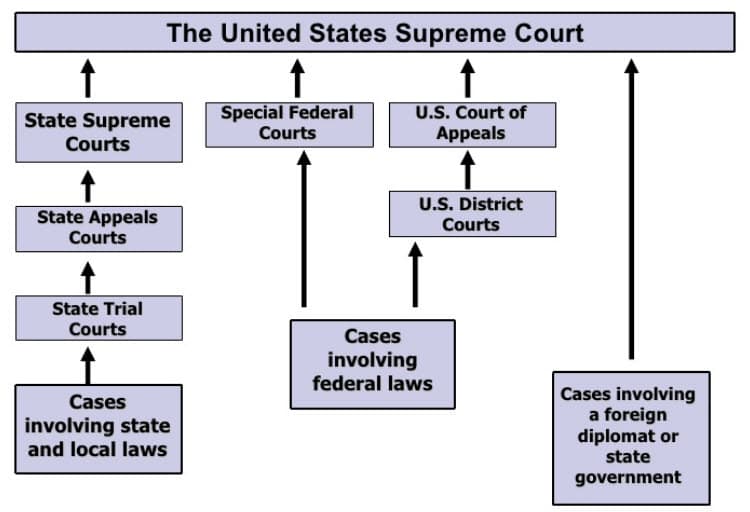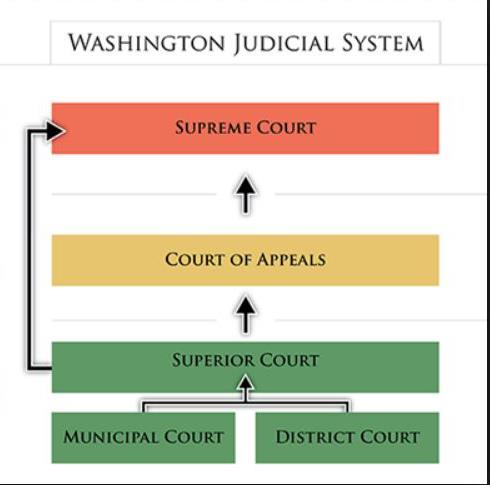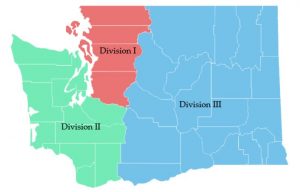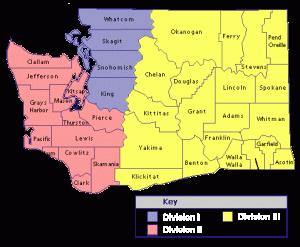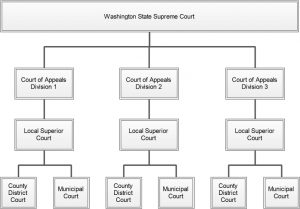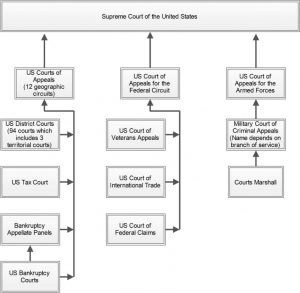Now that you have a basic understanding of writs of garnishment, let’s have a look at how they are served.
RCW 6.27.110
Service of writ generally — Forms — Requirements for financial institution — Return.
| (1) |
Service of the writ of garnishment on the garnishee is invalid unless the writ is served together with: (a) Four answer forms as prescribed in RCW 6.27.190; (b) three stamped envelopes addressed respectively to the clerk of the court issuing the writ, the attorney for the plaintiff (or to the plaintiff if the plaintiff has no attorney), and the defendant; and (c) check or money order made payable to the garnishee in the amount of twenty dollars for the answer fee if the writ of garnishment is not a writ for a continuing lien on earnings. |
| (2) |
Except as provided in RCW 6.27.080 for service on a bank, savings and loan association, or credit union, the writ of garnishment shall be mailed to the garnishee by certified mail, return receipt requested, addressed in the same manner as a summons in a civil action, and will be binding upon the garnishee on the day set forth on the return receipt. In the alternative, the writ shall be served by the sheriff of the county in which the garnishee lives or has its place of business or by any person qualified to serve process in the same manner as a summons in a civil action is served. |
| (3) |
If a writ of garnishment is served by a sheriff, the sheriff shall file with the clerk of the court that issued the writ a signed return showing the time, place, and manner of service and that the writ was accompanied by answer forms, addressed envelopes, and check or money order if required by this section, and noting thereon fees for making the service. If service is made by any person other than a sheriff, such person shall file an affidavit including the same information and showing qualifications to make such service. If a writ of garnishment is served by mail, the person making the mailing shall file an affidavit showing the time, place, and manner of mailing and that the writ was accompanied by answer forms and addressed envelopes, and check or money order if required by this section, and shall attach the return receipt to the affidavit. |
If a writ of garnishment is served by a sheriff, the sheriff shall file with the clerk of the court that issued the writ a signed return showing the time, place, and manner of service and that the writ was accompanied by answer forms, addressed envelopes, and check or money order if required by this section, and noting thereon fees for making the service.
If service is made by any person other than a sheriff, such person shall file an affidavit including the same information and showing qualifications to make such service.
If a writ of garnishment is served by mail, the person making the mailing shall file an affidavit showing the time, place, and manner of mailing and that the writ was accompanied by answer forms and addressed envelopes, and check or money order if required by this section, and shall attach the return receipt to the affidavit.
The first paragraph specifies exactly what must be served with the writ in order for the writ to be effective. At a minimum the service packet must consist of:
| 1. | The writ. | |
| 2. | Four answer forms. | |
| 3. | Three stamped addressed envelopes. | |
| a. | One to the clerk of the court issuing the writ. | |
| b. | One to the plaintiff or the plaintiff’s attorney. | |
| c. | One to the defendant. | |
| 4. | A check or money order made out to the garnishee (aka garnishee defendant) unless the writ is a continuing lien on earnings. | |
It is vital the service packet contain this list of items. The statute is clear, if the service packet does not contain everything required then the writ is invalid.
This makes it incumbent upon the process server to do two things.
First, make sure the statutorily required items are in the service packet when it is served upon the garnishee defendant.
Second, make sure the statutorily required items are listed on the proof of service.
The second paragraph describes the two methods of service which may be used to effectively serve a writ of garnishment.
The first method is by certified mail with return receipt requested. When this method is used the service is normally done by the plaintiff or their attorney.
The second method is “in the manner of a summons.” Therefore all of the rules of service discussed in the articles on service of a summons apply here for a writ of garnishment.
The third paragraph details the requirements for the proof of service depending on whether the writ was served by a sheriff, a private process server, or by mail. As is often the case, the statute makes reference to the proof from a private process server being in the form of an affidavit. Recall that GR-13 allows for the use of a declaration in almost any situation where an affidavit is called for, with certain exceptions specified in the rule.
Finally, One Last Item
There is a requirement elsewhere in the garnishment statutes for the mailing of certain documents to the judgment debtor (usually the defendant).
RCW 6.27.130
Mailing of writ and judgment or affidavit to judgment debtor — Mailing of notice and claim form if judgment debtor is an individual — Service — Return.
| (1) |
When a writ is issued under a judgment, on or before the date of service of the writ on the garnishee, the judgment creditor shall mail or cause to be mailed to the judgment debtor, by certified mail, addressed to the last known post office address of the judgment debtor, (a) a copy of the writ and a copy of the judgment creditor’s affidavit submitted in application for the writ, and (b) if the judgment debtor is an individual, the notice and claim form prescribed in RCW 6.27.140. In the alternative, on or before the day of the service of the writ on the garnishee or within two days thereafter, the stated documents shall be served on the judgment debtor in the same manner as is required for personal service of summons upon a party to an action. This mailing must occur on or before the date of service of the writ upon the garnishee defendant and it must contain a specific set of documents. Process servers are often asked to prepare and perform this mailing. |
The mailing is made to the judgment debtor’s last known address via certified mail. A return receipt is not required. The mailing must contain:
- A copy of the writ.
- A copy of the affidavit submitted to the court in application for the writ.
- A notice specified in a separate RCW.
- A claim form specified in a separate RCW.
The forms are provided by the client. Sometimes the documents come to the process server loose and must be placed in the envelope and sometimes the envelope comes completely prepared for mailing so that all the process server need do is drop the envelope in the US mail. Sometimes the server is asked to front the cost of the postage. It all depends on the arrangements with the particular client.
This mailing must be reflected on the proof of service of the writ or in a separate proof of its own.
Service Instructions Summary
Present the documents to:
| Who | When & Where | |
| 1. | Serve in the manner of a summons | Serve in the manner of a summons |
NOTE: Depending on client instructions a mailing may need to be made after service on the garnishee defendant.
NOTE: Don’t leave the documents with the defendant unless you have instructions from your client to do so.
NOTE: Most garnishments are served by certified mail.
This quiz is for logged in users only.


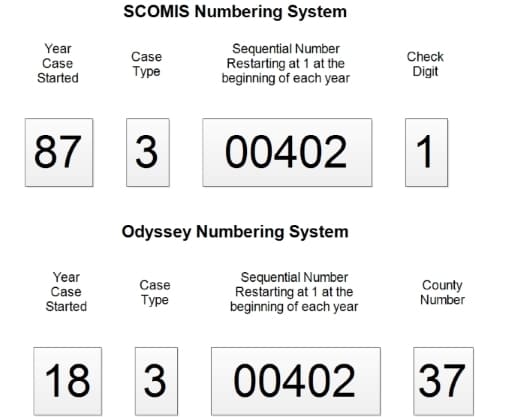
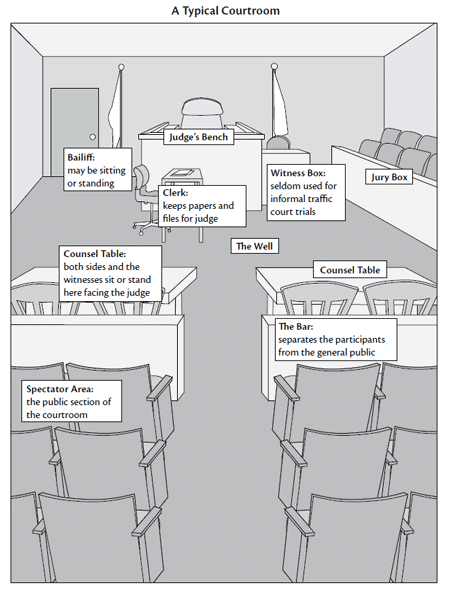 This is a rough diagram of a typical courtroom in the state of Washington. Courtrooms vary a great deal from city to city and county to county but they all have the same basic structure.
This is a rough diagram of a typical courtroom in the state of Washington. Courtrooms vary a great deal from city to city and county to county but they all have the same basic structure.